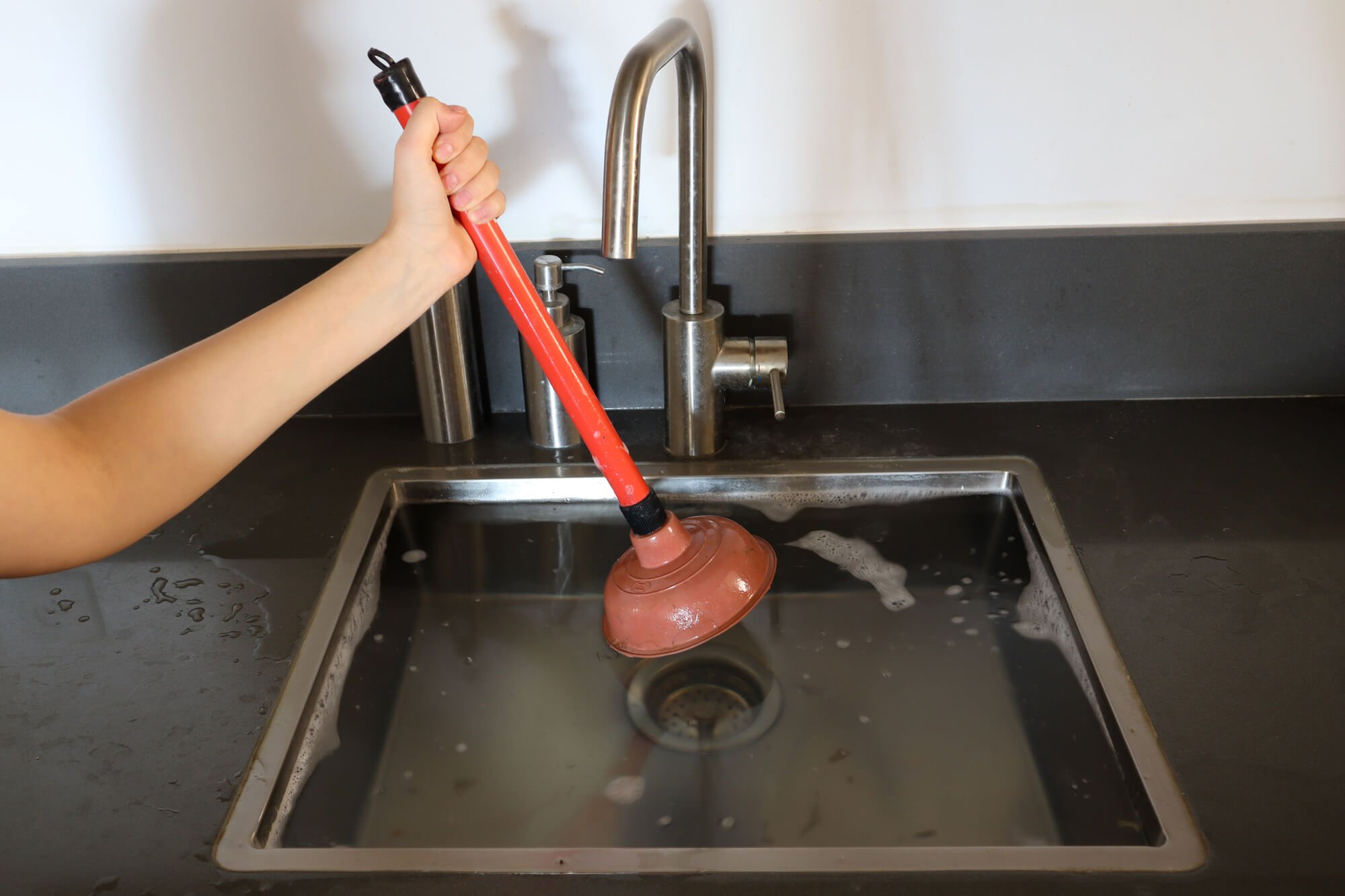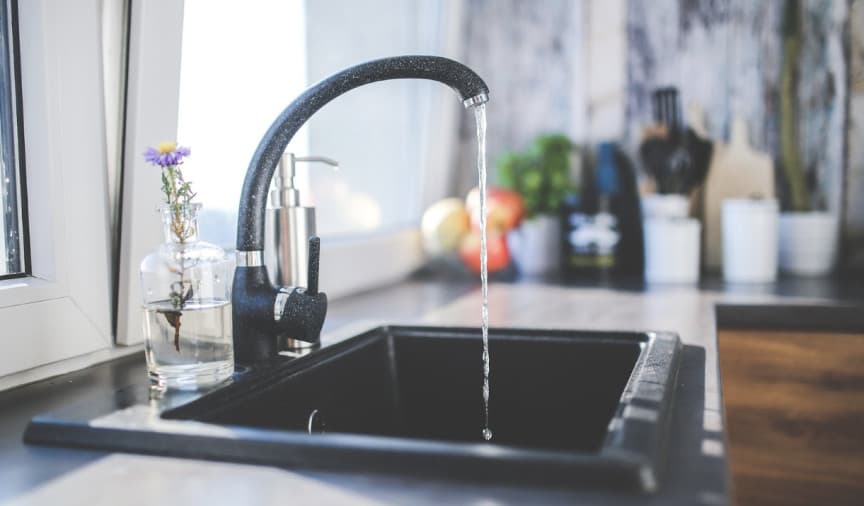Ways to Clear a Blocked Drain Prior to Seeking Expert Plumbers
Ways to Clear a Blocked Drain Prior to Seeking Expert Plumbers
Blog Article
We have found this article about What I learned from trying to deal with a clogged drain directly below on the web and think it made perfect sense to talk about it with you on my blog.

Intro
Managing a blocked drain can be a frustrating experience, disrupting daily tasks and potentially creating damages to your residential or commercial property. Nevertheless, prior to reaching out to plumbing experts, there are steps you can require to deal with the problem on your own. In this overview, we'll check out DIY remedies and preventive measures to take on a blocked drainpipe successfully.
Recognizing the Concern
The very first step in addressing a blocked drainpipe is recognizing the indicators. Slow-moving water drainage, gurgling noises, foul odors originating from drains pipes, or water backing up are common indicators of a blocked drainpipe. Identifying these indications early can help protect against even more difficulties.
Usual Reasons For Blocked Drainpipes
Understanding the variables that contribute to drain pipes obstructions is important for effective resolution. Common wrongdoers consist of hair, soap scum, oil, food debris, and foreign items like sanitary products or paper towels. Tree origins invading below ground pipelines can additionally cause significant obstructions.
DIY Solutions
For small blockages, several DIY options can be reliable. Pouring boiling thin down the drain can help liquify oil and debris. Sodium bicarbonate and vinegar or a mix of salt and baking soft drink can act as natural cleansers. Utilizing a plunger or plumbing serpent to remove obstructions is another choice.
Tools and Equipment
Having the right tools accessible can make DIY drainpipe cleaning a lot more reliable. A plunger is a versatile tool for getting rid of blockages in sinks, bathrooms, and showers. A pipes serpent or auger can reach deeper blockages, while drain cleansing chemicals can be utilized meticulously for stubborn blockages.
Preventive Measures
To prevent future obstructions, embracing safety nets is critical. Set up drainpipe guards or filters to capture hair and particles before they go into the pipes. On a regular basis flush drains pipes with hot water to dissolve oil build-up, and prevent getting rid of grease or strong waste down the drain.
When to Call an Expert
While DIY remedies can settle small obstructions, particular signs indicate the need for professional help. Persistent obstructions, foul odors regardless of cleaning up initiatives, or numerous drains backing up all at once are warnings that warrant skilled treatment.
Selecting the Right Pipes Service
When picking a pipes service, think about factors such as experience, licensing, and client evaluations. Choose a trusted plumbing with a performance history of high quality craftsmanship and transparent prices techniques.
Expense Considerations
The cost of expert drainpipe cleaning services can vary relying on the intensity of the clog and the plumbing professional's prices. Demand quotes from numerous carriers and inquire about any service charges to ensure openness and prevent shocks.
Security Measures
When attempting DIY drainpipe cleansing, prioritize safety. Put on safety handwear covers and eyeglasses to prevent contact with harmful chemicals or microorganisms. Never blend different drainpipe cleansing items, as this can create hazardous fumes.
Case Researches
Real-life examples illustrate the effectiveness of do it yourself services and the value of timely professional treatment in settling drain clogs.
Conclusion
By adhering to the ideas detailed in this overview, you can properly take on obstructed drains pipes and protect against future plumbing issues. Whether opting for do it yourself options or seeking professional support, timely action is key to maintaining a healthy plumbing system and protecting the integrity of your home.
How to Clear a Clogged Drain Yourself (And When to Call In the Professionals)
What Can Clog a Drain
Dirt Skin flakes Hair Grease Soap scum Food Offset pipes Tree roots Small objects Mineral buildup DIY Tricks to Unclog a Drain
You can fix this! Once you have identified the source of the clog (or have a vague idea), you can try one or a combination of these fixes in order to clear your plumbing.
Wire Hanger or Snake
Untangle and clear out hair from a drainpipe with a homemade snake. Use a straightened-out wire hanger with a 90-degree angle hook to locate the clog and drag out any unwanted material.
Remember not to push the clog further down to where the wire hanger cannot reach! If you need to follow up with a plunger, give it a try. Your efforts might be more successful after it’s been wire-snaked.
If you want to get fancy and don’t have a wire hanger to spare, head to the store and pick up a hand-operated drain snake. You can get one for $10-$30. It may save you the hassle, and provide additional length to reach deep into the clogged pipe.
Plunger
A cup plunger has a suction cup attached to a wooden handle. The rubber creates a seal around the drain, and increases the pressure force of the plunger.
Plunge for 30-second increments to loosen the clog. This may need to be repeated over the course of 15-20 minutes. Once plunged, run the water to flush the remaining material out of the drain.
Remember– never use a plunger if you have used a chemical drain cleaner. These chemicals can splash up from the force of the plunger and cause serious injury or burns.
Boiling Water
Hot water can sometimes break up materials into a flushable amount. Dirt, grease, and soap buildup requires heat in order to unstick from surfaces.
Take your kitchen kettle and heat your water to a boil. Once it reaches a rolling boil, pour it directly down the drain into the blockage. Carefully follow with plunging, if necessary.
Don’t worry if this takes more than one try! It can often take multiple kettles and repeated plunging in order to clear a particularly stubborn clog.
Chemical Drain Cleaner
As a last resort, pick up a bottle of chemical drain cleaner. Drain-cleaning chemicals are potent, and not very good for the environment.
You may need to wear protective eyewear in gloves before handling your bottle of chemical drain cleaner. Follow the instructions printed on the bottle, and flush with water as soon as the instructions allow. Do not follow with plunging.
Baking Soda and Vinegar
As a safer alternative to chemical drain cleaner, baking soda and vinegar can create a chemical reaction that clears tough clogs.
Combine one cup of cleaning vinegar with one cup of boiling water, and set aside. Once you have done this, pour half a cup of baking soda down the drain. Give the baking thirty seconds to settle and cover a large portion of the problem drain.
Following the baking soda, pour down your vinegar and hot water solution. Once the vinegar and baking soda combine, the mixture will bubble and fix. Let this reaction fizzle in the drain for about an hour.
After an hour, follow with a kettle’s worth of hot water. The heat and liquid should flush out any remaining material.
When to Call a Plumber
If your DIY attempts haven’t cleared your clog drain, it’s time to call in a professional. It’s not worth losing access to your kitchen sink or high-traffic bathroom. A clog in a vital area can keep you from the things you’d rather be doing, and derail your routine.
Anytime a clog is causing water to spread is a time to call in a plumbing service. What starts out as a little bit of water can quickly grow into serious, expensive water damage.
Additionally, a serious clog can result in burst pipes or serious leaks. Make sure you know when to take it seriously!
https://myguysnow.com/how-to-clear-a-clogged-drain-yourself-and-when-to-call-in-the-professionals/

As an avid reader on What I learned from trying to deal with a clogged drain, I imagined sharing that piece of content was a great idea. Make sure you take the opportunity to share this content if you enjoyed it. Thank-you for your time invested reading it.
Click Here Report this page